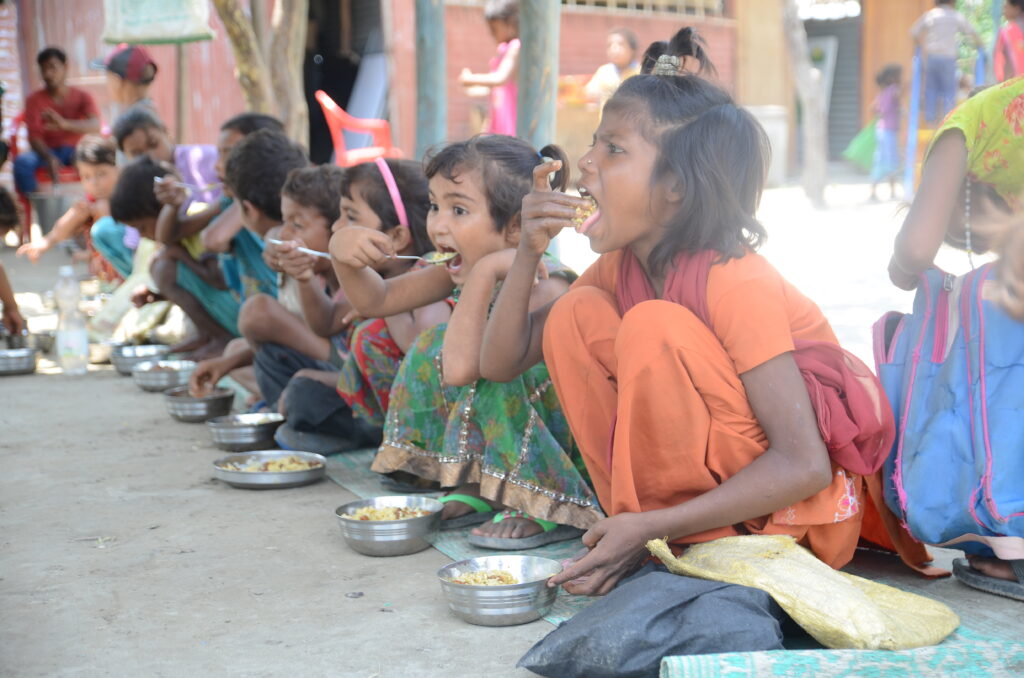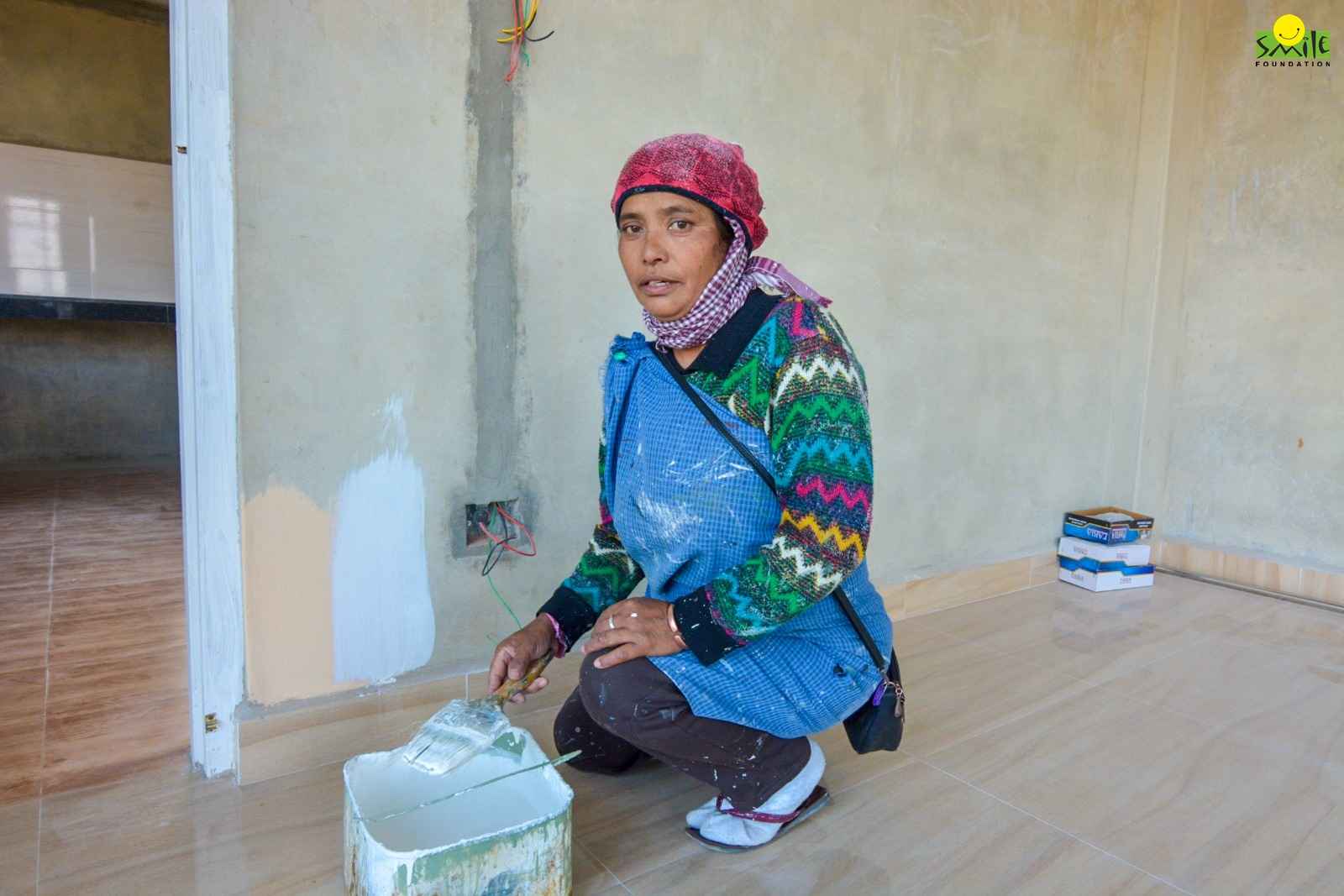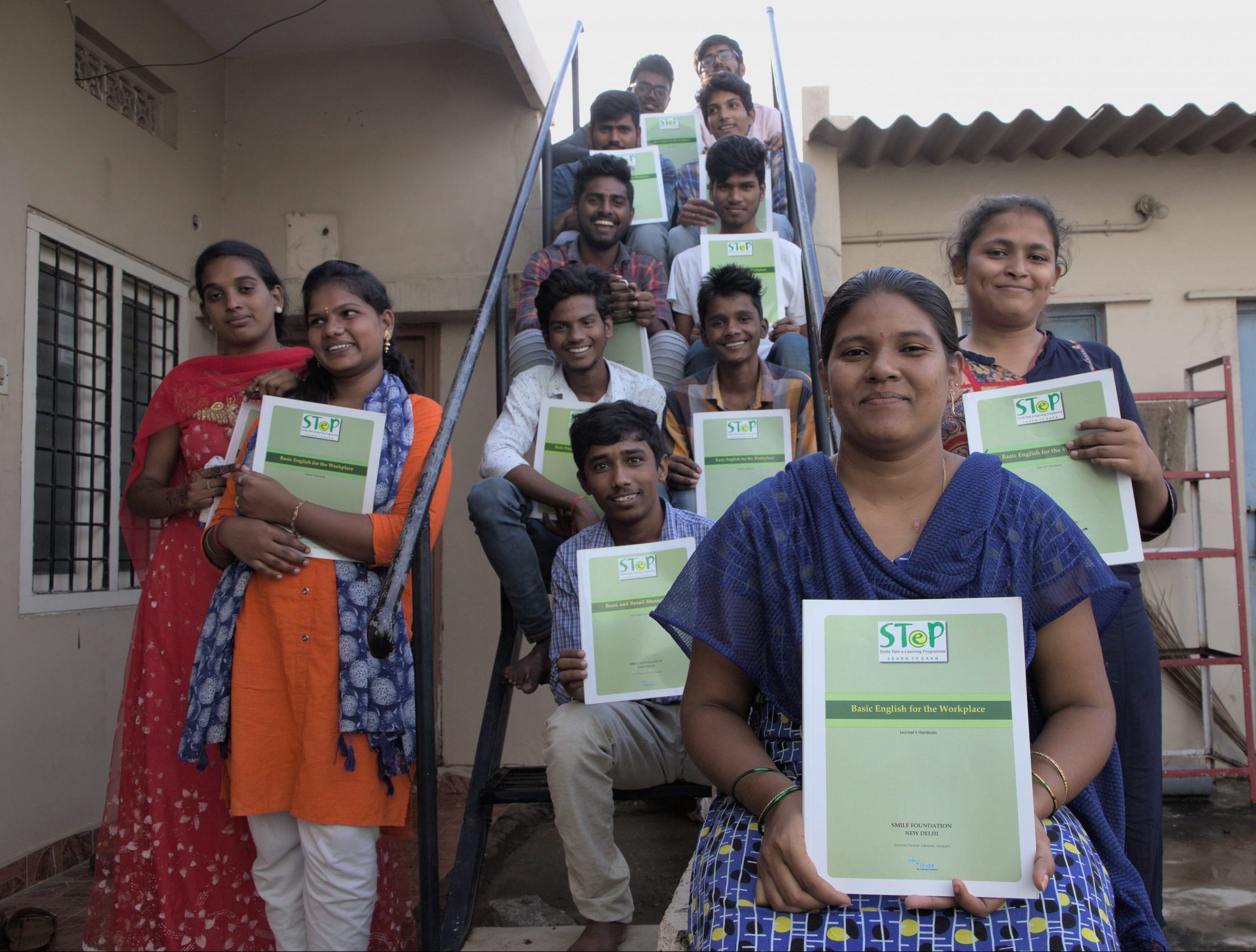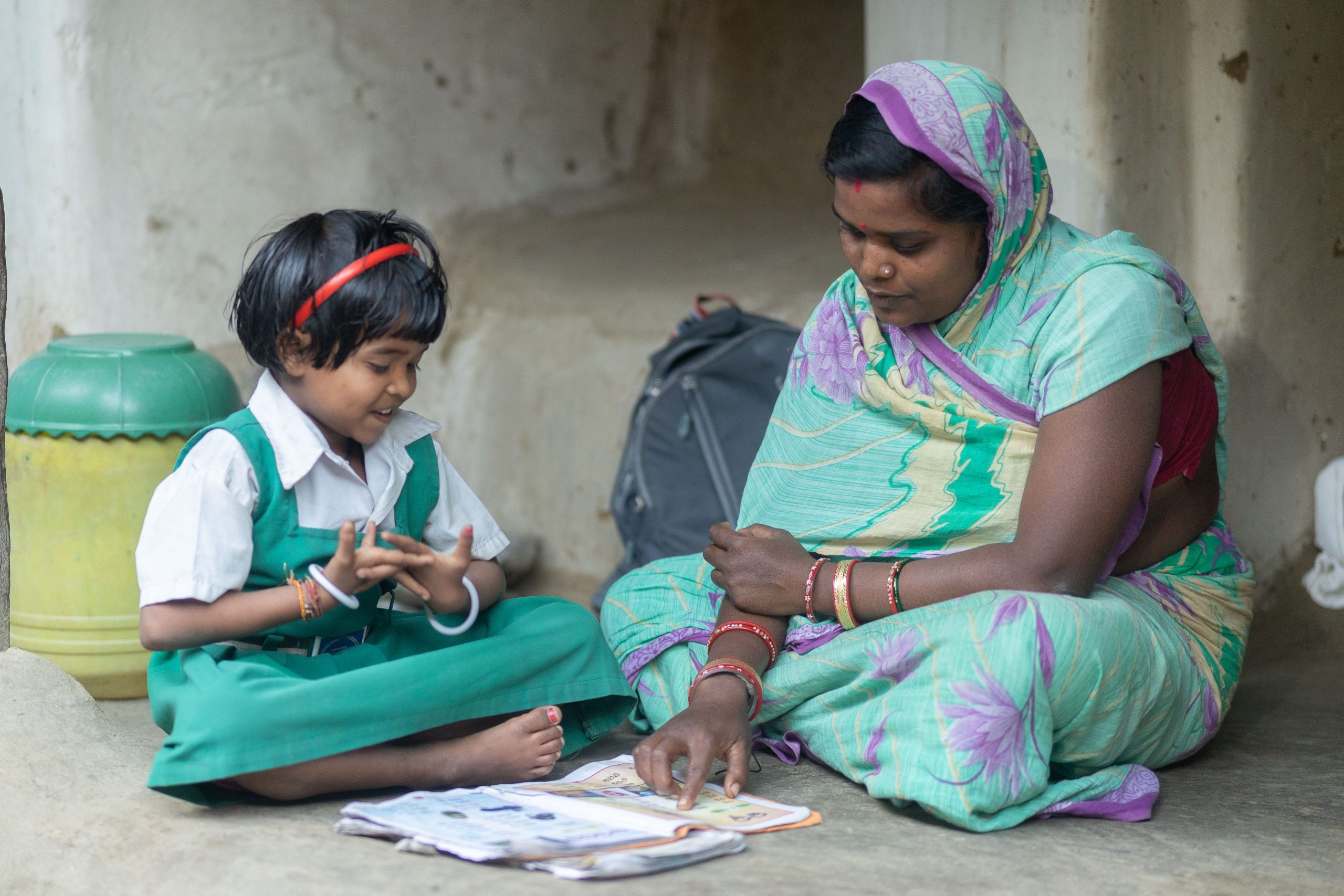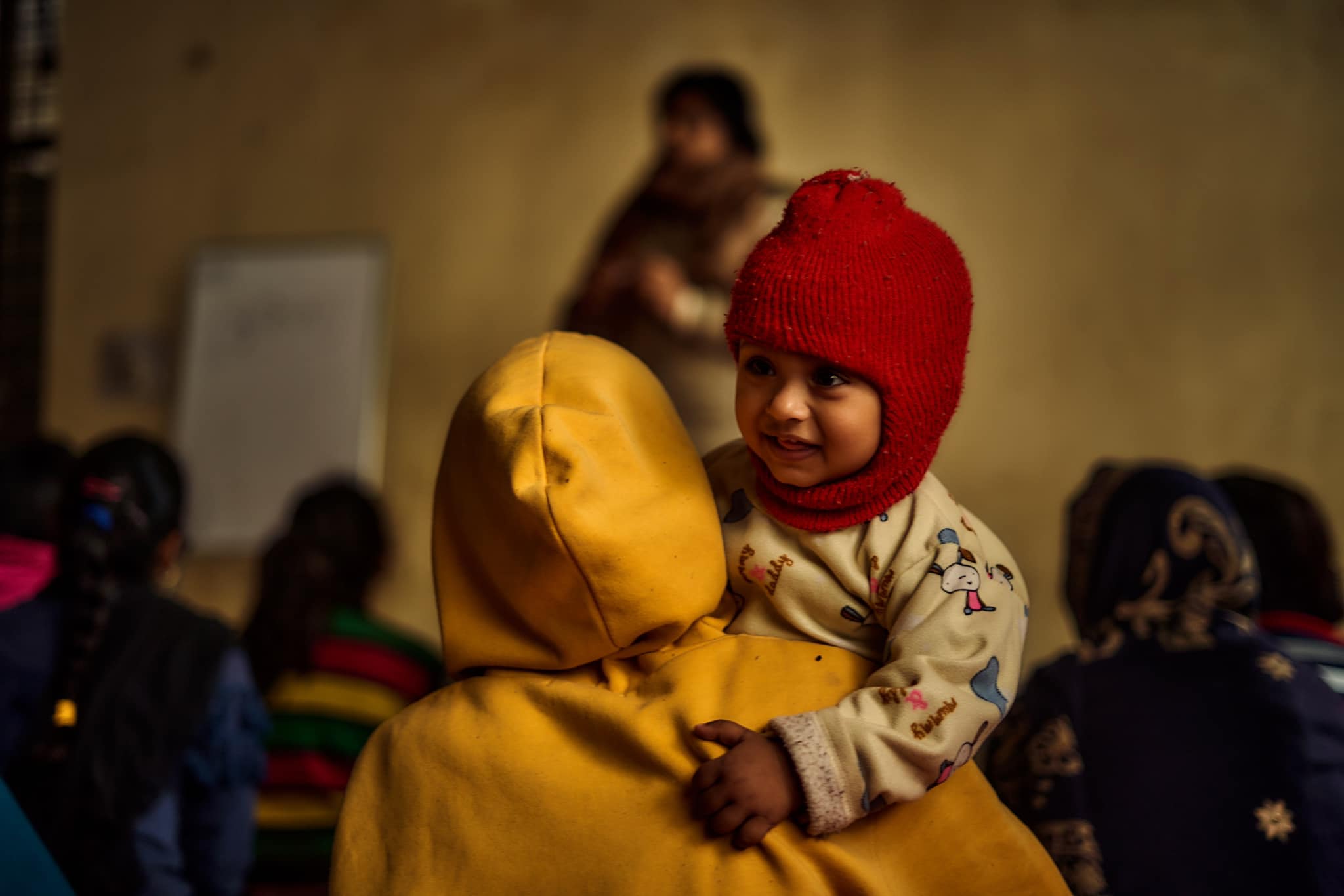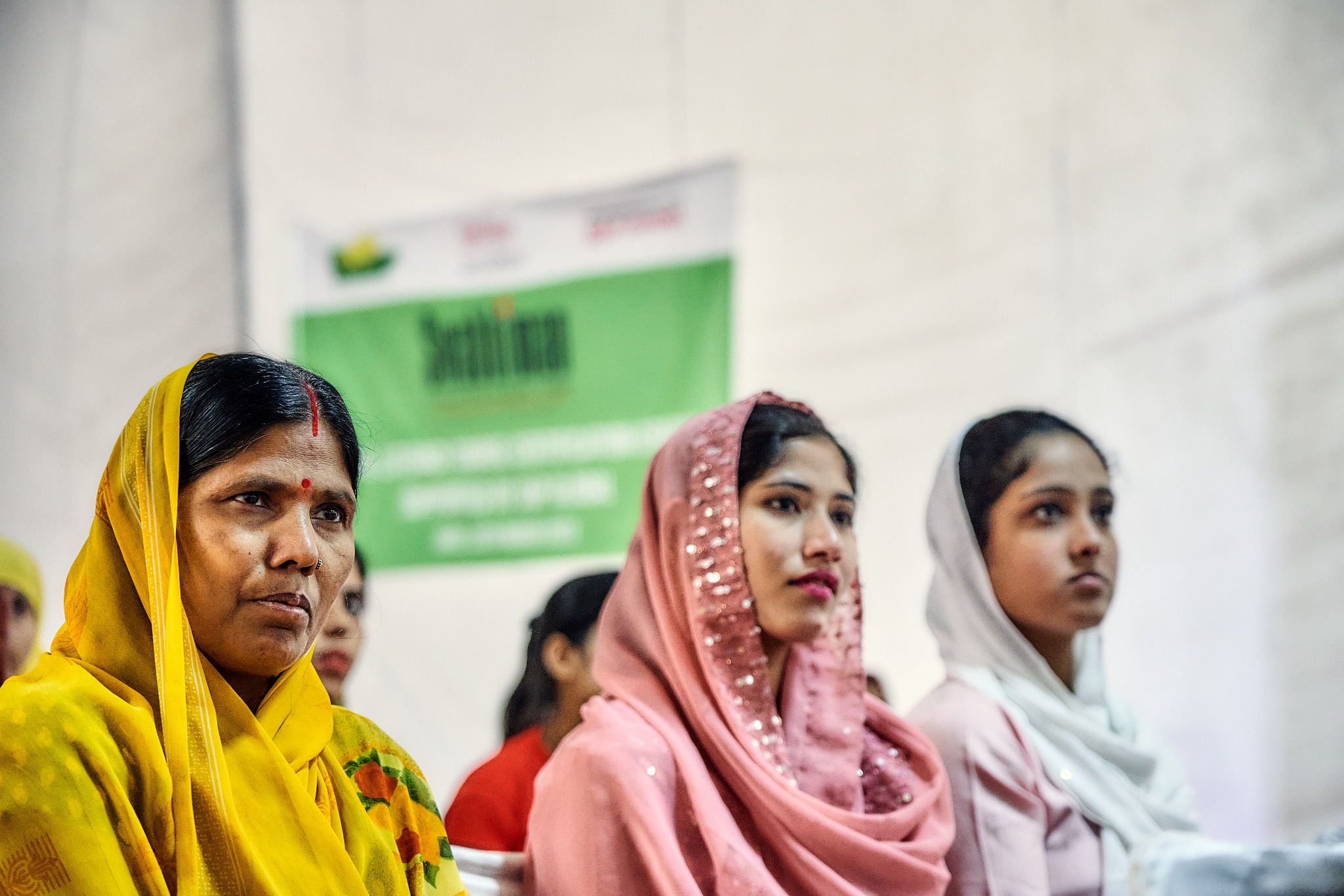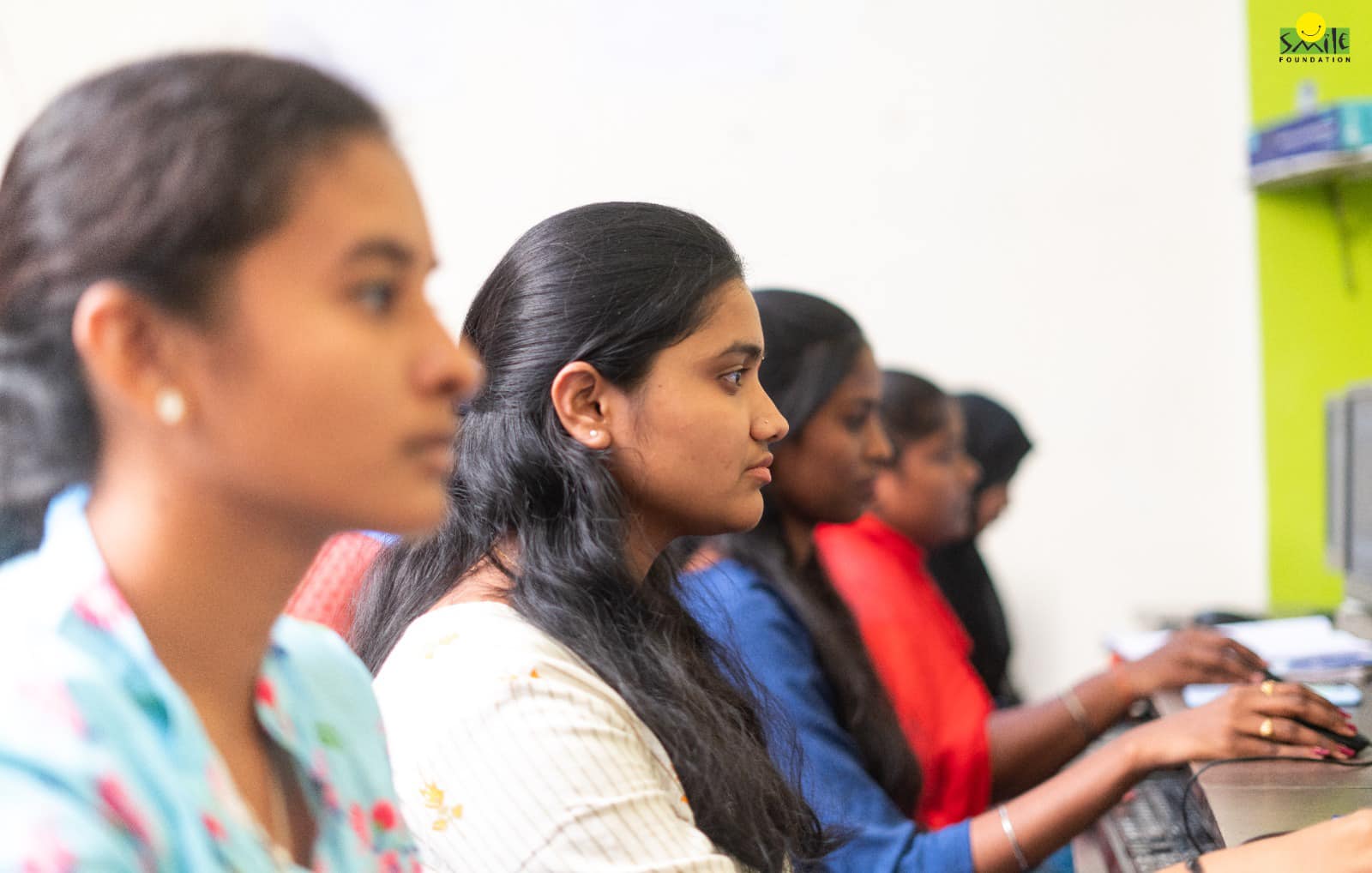Sampoorna: Addressing Banaskantha’s Nutrition Challenges
Shilpi, 13, fainted on the way to classroom soon after the morning assembly, and had to be rushed to the nearby dispensary. A series of tests followed, which revealed that she was suffering from malnutrition, which included severe iron deficiency, causing her to be in a state of constant fatigue and weakness. Her haemoglobin had nosedived to less than 5 gram per decilitre (g/dlL) against the normal count of 12 g/dlD.
Imagine a district ‘flowing with milk’ and known for its dairy production. Now add to that the statistics of poor nutrition among women in the community. It sounds ironic but the reality is that access to nutrition among girls and women isn’t just about availability but is linked to a complex set of socio-economic factors.
Banaskantha is one among the thirty-three districts of Gujarat, a state in western India with Asia’s largest dairy cooperative under the brand name of AMUL. The district ranks first in the country in milk production but as per Govt. of Gujarat census 2011, it is low on most of the development indicators. The district, home to a majority of tribal population, is divided into 14 blocks. One of the blocks is Amirgarh which has high prevalence of anaemia and malnutrition among girls.
A baseline study by Smile Foundation revealed that malnutrition and the various diseases associated with it, are a major contributing factor behind girls dropping out of school thus affecting the literacy rates. The study, assessing the nutritional status of adolescent girls (13 to 19 years) in the region, brought to light that 78% of adolescent girls are anaemic (varying from mild to severe), with 50% girls being moderately anaemic and about 13% being severely anaemic. Only 17.6% were attending school, with most respondents (49%) dropping out of school after Class 6 or 8. The study further revealed that around 84% of the respondents have never consumed any multi-vitamin or iron folic acid supplements. Most of the girls did not have any awareness of anaemia or had ever checked their anaemic status.
The survey highlighted that girls lacked awareness about nutritional needs and had a low risk perception about anaemia, creating a causal link that prevented the community as a whole to access developmental gains and an overall improvement in the standard of living.
Creating a context driven intervention
Based on these findings, a pilot project on nutrition enhancement for addressing the hidden hunger among girls, titled “Sampoorna”, was initiated by Smile Foundation with support from PepsiCo Foundation. The project has been designed for a cluster of 10 villages of Amirgarh block of Banaskantha to reduce anaemia and improve livelihood opportunities among 1000 adolescent girls. The project is to improve awareness among adolescent girls and encourage weekly consumption of Iron Folic Acid and local food grains that are of high nutrition value, resulting in reduction in iron deficiency. The implementation also leverages government schemes for provision of nutritional supplements to the community. This at a broader level expands choices for the adolescent girls to break the cycle of poor health and nutrition.
Engaging through activities and conversations
A host of awareness activities are being conducted, like the formation of Kishori Clubs which provide a safe space for the girls to meet every month for joyful learning and promoting regular consumption of nutritious food, weekly intake of IFA tablets and maintaining healthy habits including exercise.
To attract girls to the meetings, healthy dry snacks including a weekly dose of “laddoo” prepared from locally available ingredients were introduced. Using maize, jaggery, sesame, etc. Chef Vikas Khanna created the receipe of the laddoo, which supplements the weekly dose of IFA to boost iron levels in the girls.
Village level mega-cookery events create visibility around importance of nutrition for girls between the age group of 13 to 19 years. Social behavioral change communication (SBCC), life-skill education as well as vocational skill development based on local livelihood opportunities for the targeted adolescent girls are also an important aspect of the project.
After the first phase of sessions was completed for all the identified girls, a quarterly panel test was being conducted along with refresher sessions so as to track the progress and make mid-course corrections. It was noticed that the knowledge of the girls had increased after the first round of sessions.
A total of 884 home visits and 144 meetings with frontline workers and school principals have been conducted in villages where the intervention had taken place. The outcome of the same has been reported in improvement of HB level and positive shift in BMI of the target girls.
The project has been instrumental in bringing a change to mindsets; resolving the problem of malnutrition, encouraging girls to go to school and educating the general masses. Banaskantha has just started the journey to erase malnutrition from its books. It has a long way to go and is slowly moving towards the more positive side i.e. proper nutrition for girls.



